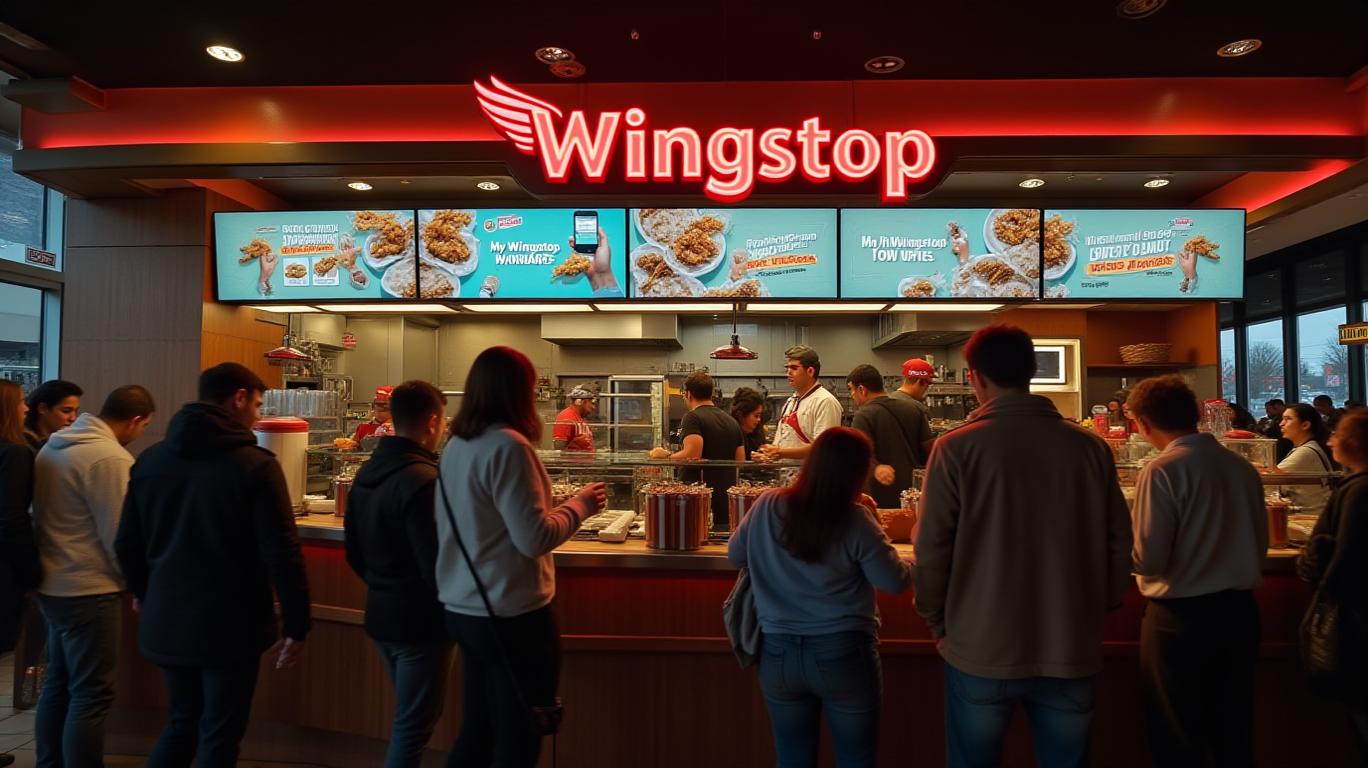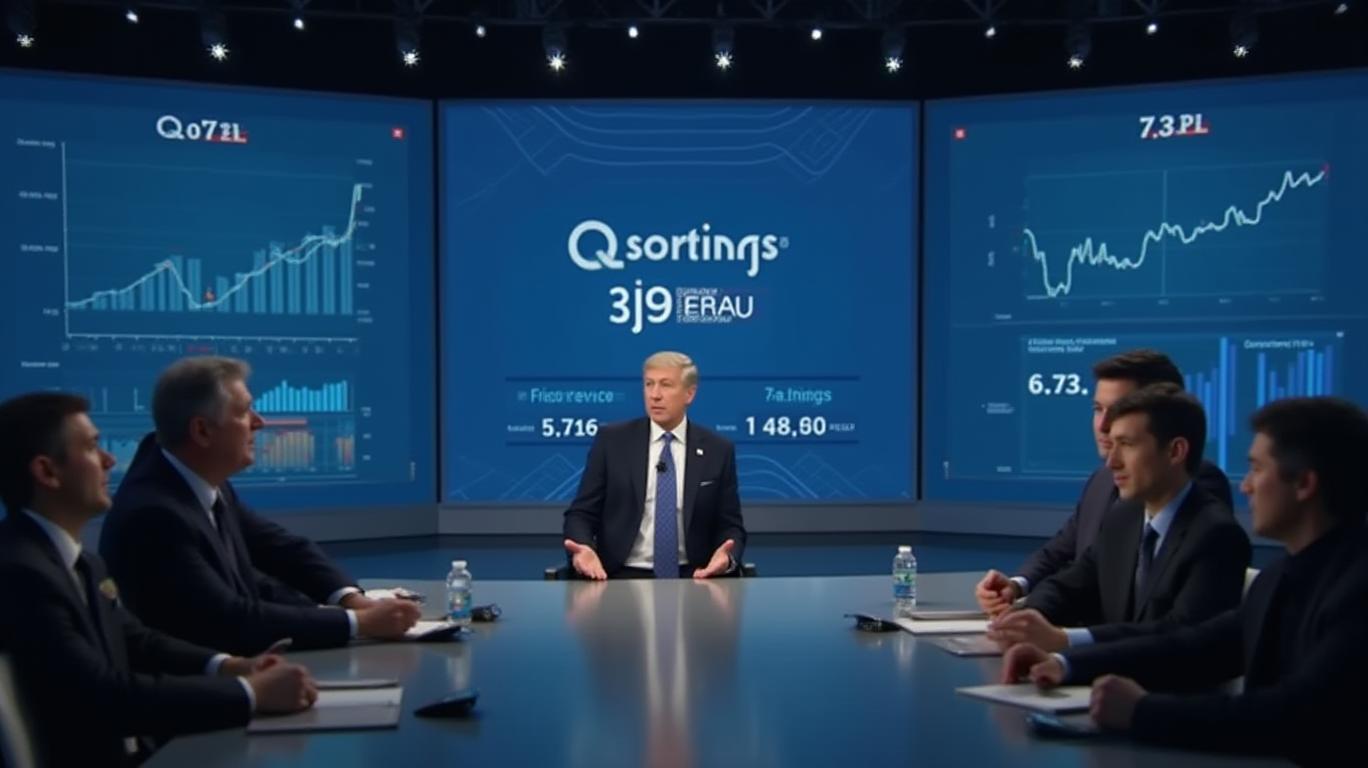Sky High, Down Low, and Navigating the Middle: A Trio of Earnings Stories in Q1 2025
In the first quarter of 2025, investors were treated to a mix of triumphs and challenges across three distinct sectors. Wingstop Inc. (NASDAQ: WING) soared on record growth and strategic execution, while Scotts Miracle-Gro (NYSE: SMG) stumbled despite margin improvements, and Qorvo (NASDAQ: QRVO) reported a cautiously optimistic outlook amid sector-specific headwinds. Below is a deep dive into each company’s performance and what it means for investors.
Wingstop: The Chicken in the Room, and It’s Flying High

Wingstop’s Q1 2025 results were a masterclass in operational resilience. The chicken-wing chain reported a 221% surge in net income to $92.3 million, driven by robust system-wide sales growth of 15.7% to $1.3 billion. The company’s stock jumped 10.59% post-earnings, fueled by an adjusted EPS of $0.99, which beat estimates by 13.8%, and record-breaking metrics:
- 126 net new restaurants opened (up 18% year-over-year), with domestic average unit volume (AUV) hitting $2.1 million.
- 72% of sales now digital, thanks to its proprietary MyWingstop platform.
The company also executed a $250 million accelerated share repurchase (ASR), retiring 1.38 million shares at an average price of $258.58, and declared a $0.27 quarterly dividend (up from $0.22), signaling confidence in its cash flow.
Why It’s Popping: Investors are betting on Wingstop’s scalable franchise model, tech-driven growth, and strong unit economics. With $191.3 million remaining under its buyback program and a $775 million revenue outlook for Q1 2026, the company appears positioned to capitalize on its momentum.
Scotts Miracle-Gro: When the Lawn Gets Weeds

Despite beating earnings expectations, Scotts’ stock dropped 7.54% to $49.50 on April 30, 2025. The culprit? A 35% sales decline in its Hawthorne segment (indoor gardening), which now accounts for just 4% of revenue after exiting low-margin third-party distribution. While margins improved—adjusted gross margin rose 380 bps to 39.1%—investors were spooked by:
- 7% year-over-year revenue decline to $1.42 billion, missing estimates by $91 million.
- SG&A costs rising 9% to $124.8 million, squeezing near-term profits.
- Industry headwinds: Competitor Nutrien (NTR) faces a 10.8% EPS decline, signaling broader fertilizer-sector struggles.
Why It’s Tumbling: The Hawthorne exit has left Scotts overly reliant on its U.S. Consumer segment, which grew only 3% (excluding non-repeating sales). With net leverage at 4.41x and climate risks (e.g., droughts), the stock’s rebound hinges on execution of its $75 million supply-chain cost-saving plan and retailer support for spring sales.
Qorvo: Balancing Highs and Lows in RF Tech



_442a2dcc1749832873286.jpeg)
_e68fac6d1749831664430.jpeg)






